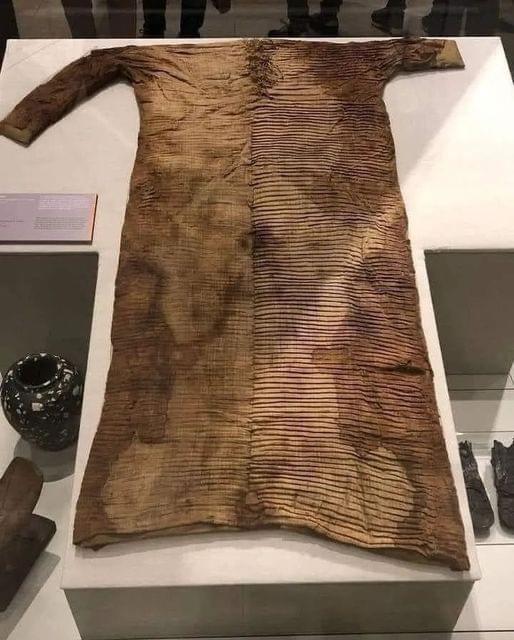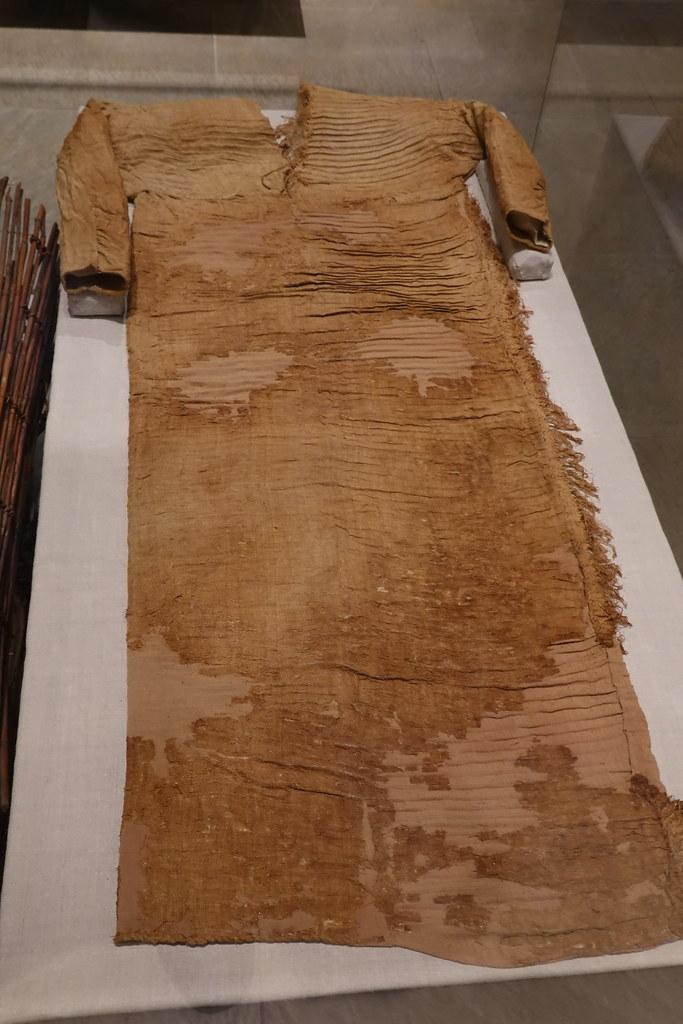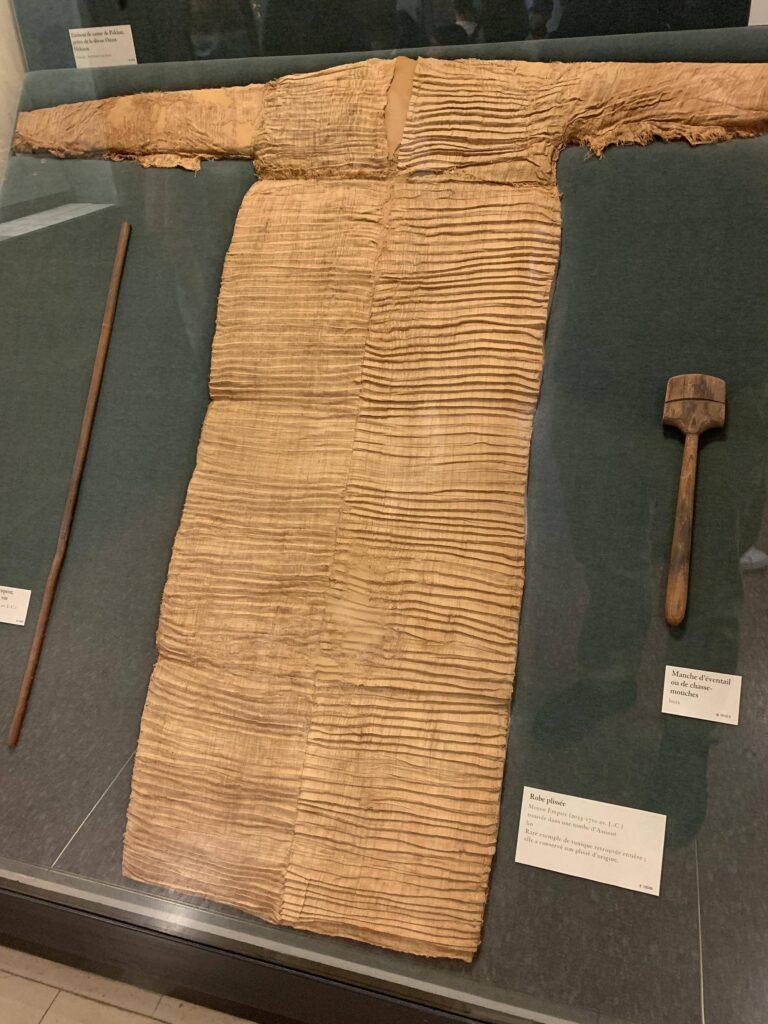In the heart of Cairo, amidst the bustling corridors of the Egyptian Museum, a remarkable piece of history has captured the world’s attention. The museum, renowned for its vast collection of ancient artifacts, has recently unveiled a treasure that dates back an astonishing 4,500 years. This ancient tunic, meticulously preserved and showcasing the artistry of ancient Egypt, has become the focal point of an exciting new exhibition.

A Glimpse into Ancient Egyptian Fashion
The tunic, believed to be from the early dynastic period of Egypt, offers a rare and invaluable glimpse into the clothing and textile practices of one of the world’s most fascinating ancient civilizations. Crafted from linen, the tunic exemplifies the high level of skill and artistry achieved by Egyptian weavers of the time. Its intricate patterns and fine weaving techniques highlight the advanced textile technology of ancient Egypt.
Historical Significance

The tunic’s significance extends beyond its craftsmanship. It provides critical insights into the cultural and social practices of ancient Egypt. Clothing was not merely a matter of fashion; it played a crucial role in denoting social status and profession. This tunic, with its detailed design, is believed to have been worn by someone of high status, possibly a member of the royal court or a priest.
Artistic Mastery

The artistry involved in creating the tunic is nothing short of extraordinary. The detailed embroidery and the use of natural dyes showcase the advanced techniques employed by ancient Egyptian artisans. The tunic’s preservation over millennia speaks volumes about the meticulous care taken in its creation and storage. Each stitch and pattern tells a story, reflecting the aesthetic preferences and technological advancements of the time.
Preservation and Display

The journey of the tunic from the sands of Egypt to its current place of honor in the museum is a testament to the dedication of historians, archaeologists, and conservationists. The preservation process has involved cutting-edge techniques to ensure that the tunic remains in pristine condition for future generations. The museum’s exhibition highlights the tunic’s historical and cultural context, allowing visitors to appreciate its significance fully.
Cultural Impact
The unveiling of the 4,500-year-old tunic has generated significant interest and excitement among scholars and the public alike. It serves as a reminder of the rich heritage of ancient Egypt and its contributions to the world’s cultural and artistic legacy. The tunic not only enriches our understanding of ancient Egyptian society but also inspires a renewed appreciation for the craftsmanship and artistry of one of history’s most enduring civilizations.
Conclusion
The Egyptian Museum’s exhibition of the ancient 4,500-year-old tunic is a celebration of antiquity’s treasures and a tribute to the enduring legacy of ancient Egyptian art and culture. As visitors gaze upon this remarkable artifact, they are transported back in time to an era of extraordinary artistry and rich cultural heritage. The tunic stands as a testament to the ingenuity and skill of ancient Egyptian artisans and continues to captivate and inspire awe with its timeless beauty.





